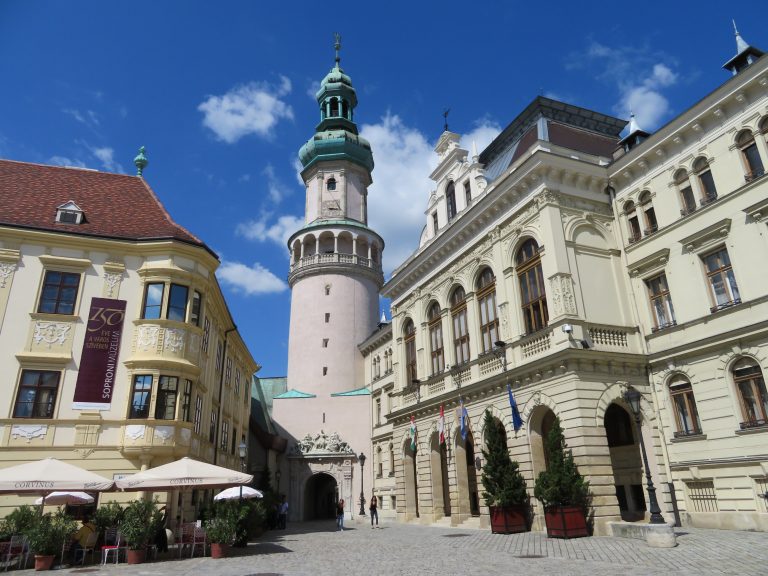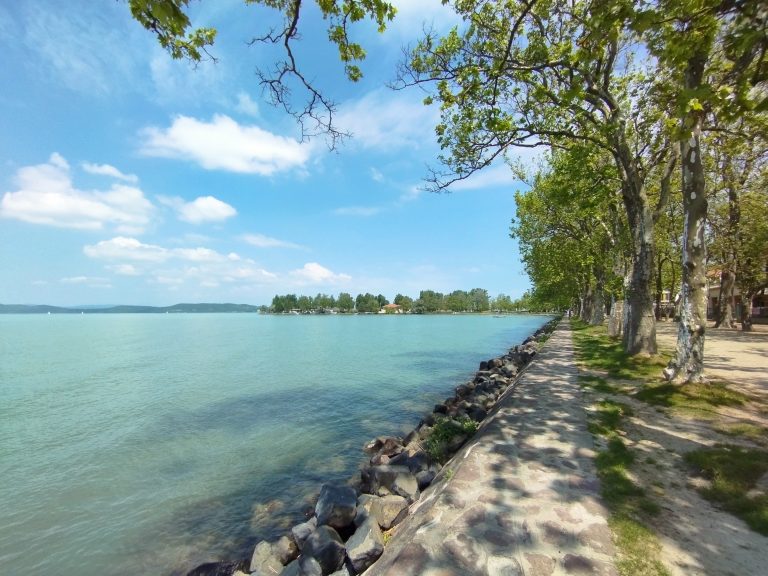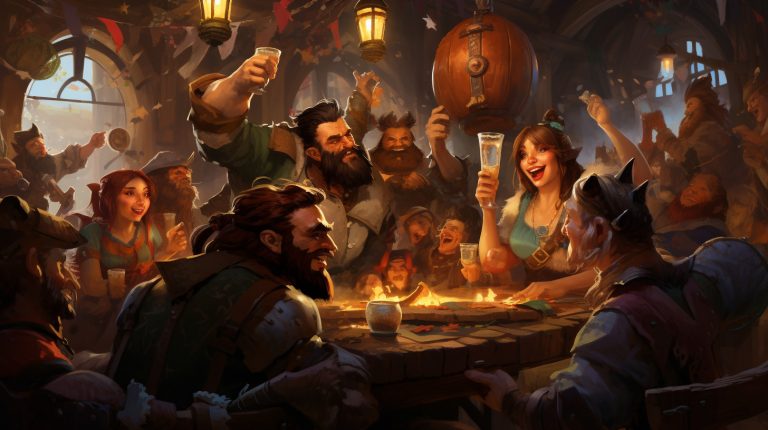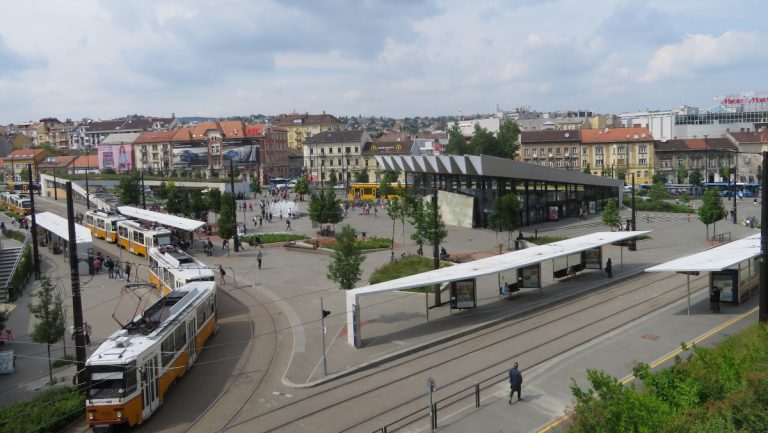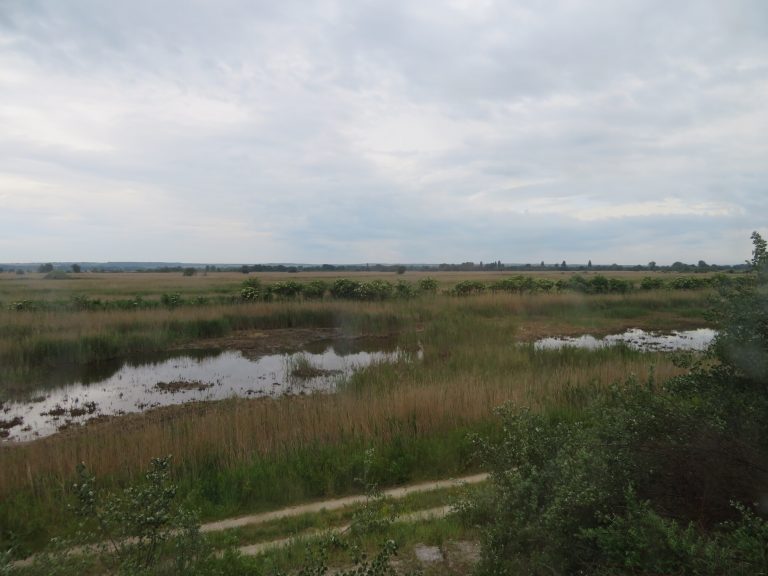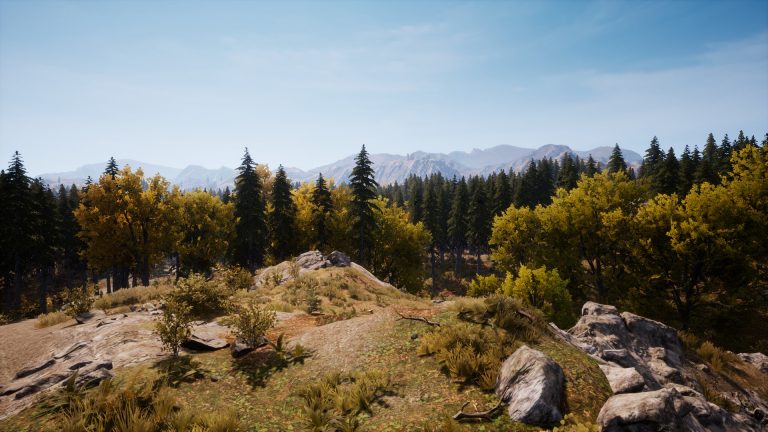Around 2015 – 2016, I contacted the head of a Druidic association that organised rituals on the eight sacred days of the ‘Wheel of the Year’, i.e. on the solstices, equinoxes and the four festivals that fall exactly between them, that we call the hearts of season. The groups that reconstitute European ancestral cults name these festivals as follows: Imbolc on 1 February, Beltaine on 1 May (the beginning of the living season), Lugnasad on 1 August, Samhain (or Samonios) on 1 November (the beginning of the dead season).
As you will have gathered, these festivals still exist today in Christian or secular forms: Candlemas on 1 February, the day of the Lily-of-the-Valley on 1 May, St John’s Day on the summer solstice, the Swiss Federal Day on 1 August, and All Saints’ Day on 1 November (or Halloween at the same period). And, of course, Easter, whose date is based on the Moon, corresponds roughly to the solar festival of Ostara (Easter, Ostern in the Anglo-Saxon languages); as does Christmas and the birth of Christ, which corresponds to the festival of Yule (Jul, Jol in the Scandinavian countries), also called Alban Arthan by some, which celebrates the end of the ‘death of the Sun’ (the decrease in the length of the day) and its ‘resurrection’ (the day lengths start increasing again), and therefore the solstice. The story of the life of Jesus Christ, moreover, is very similar to that of the solar deities of antiquity (Horus, Mithras etc.).
The druidic group I contacted was open to non-practitioners who were curious to discover this world: so I was able to take part in several rituals with this assembly, or with this ‘grove’ as they called it, in Switzerland and Alsace, between 2015 and 2017 if my memory serves me correctly. The rituals consisted of forming a circle around a campfire, usually in a forest or in a place of historical importance (e.g. an oak wood, a place with menhirs or engraved stones), and making appeals to the spirit of the place and to the deities, making certain offerings depending on the season (pouring milk, planting seeds, etc.). Sometimes topical subjects were mentioned during the ritual, as might be the case at mass. The ritual was usually followed by a glass of mead or wine, a picnic or even a visit to a nearby historic site or village. Above all, it was a chance to go for a good walk and spend some quality time with our fellow human beings. Some rituals took place in broad daylight, others at night (winter solstice), others at sunset or sunrise (summer solstice).
In any case, the roles of everyone in the group were fairly codified: a new participant, or ‘marcassin’, had to memorise certain ritual codes (the meaning of a particular plant, animal etc.), and then, once he had mastered enough knowledge, the druid allowed him to choose a title, corresponding to a path: the path of the bard, or the path of the ovate. The bard’s role was one of artistic creation, while the ovate was more concerned with care and health. In particular, they were able to organise rituals in the event of the druid’s absence. After several years, bards and ovates could become druids (= wise person), create their own assemblies and perform their own rituals. This is how the hierarchy worked within the groups. Sometimes, members of the assembly would organise activities outside the rituals, for example, a visit to a medieval festival, or a workshop on runes (the ancient alphabet of the Norse and other peoples), to introduce the alphabet and the symbolism of each letter.
I don’t know whether this druidic assembly is still active today, so I’ll avoid giving any further information about them, unless they tell me they want to be mentioned. I’ll just add that my group was very small (less than 10 people), that it was made up of normal Swiss and French speaking people, and that they were in contact with other groups in France, Belgium and the British Isles. At no time did I see any sectarian aspects or evil mysticism. Neo-Druidism is said by some to be Masonic-inspired, and perhaps some groups are and have links with shadowy networks, but I didn’t see any of that. On the contrary, I saw it as a way of getting away from the disenchanted world of the metro-work-sleep routine, getting out of the urban rat race for a day, and going for a walk in nature in good spirits, with a group of Europeans open to in-depth discussions.
Anyway, I left that group when I went abroad in 2018, and have continued to follow my own path, while never ceasing to be inspired by this ancestral cultural revival. That’s why I arbitrarily chose the title of Bard when I launched my musical project. In reality, I’m no longer part of these druidic groups, and according to them this title of Bard could be usurped; but in my opinion, my artistic approach rooted in our origins, and the key words that my target audience is looking for, justify the use of the term Bard.
In what follows, I’ll talk a bit more about my departure for Hungary and the reasons that led me to go into exile outside Switzerland.

